Properties
| Storage Buffer | PBS pH 7.4, 0.02% Proclin 300, 50% glycerol |
| Storage Temperature | -20ºC, Conjugated antibodies should be stored according to the product label |
| Shipping Temperature | Blue Ice or 4ºC |
| Purification | MabSelect™ PrismA |
| Clonality | Recombinant Monoclonal |
| Clone Number | FF19 |
| Isotype | IgG Kappa |
| Specificity | Detects extracellular domain of CASPR2. Does not cross react with CASPR/Paranodin. |
| Cite This Product | CASPR2 Antibody (StressMarq Biosciences | Victoria, BC CANADA, Catalog# SMC-623, RRID: AB_3716761) |
| Certificate of Analysis | 1 µg/ml was sufficient for detection of CASPR2 in Rat Brain Membrane lysate. |
Biological Description
| Alternative Names | Contactin-associated protein-like 2, CASPR2, Cell recognition molecule Caspr2, KIAA0868 |
| Research Areas | Cell Signaling, Membrane Markers, Neuroscience, Cell Structure, Scaffolds |
| Cellular Localization | Cell membrane, Cell projection, Axon, Paranodal septate junction |
| Accession Number | NP_054860.1 |
| Gene ID | 26047 |
| Swiss Prot | Q9UHC7 |
| Scientific Background |
CASPR2, a member of the neurexin superfamily, is a critical axonal membrane protein that regulates the organization of myelinated nerve fibers. Unlike CASPR, which localizes to the paranodal junction, CASPR2 is enriched at the juxtaparanodal region of the axon, where it functions as a membrane scaffold essential for clustering voltage-gated Kv1 potassium channels. This spatial arrangement is vital for maintaining axonal excitability and signal fidelity. CASPR2 interacts with contactin-2 and cytoskeletal adaptor protein 4.1B to stabilize the juxtaparanodal domain, contributing to the compartmentalization of axonal regions around the nodes of Ranvier. Disruption of CASPR2 function impairs ion channel localization and axonal conduction, leading to altered neuronal signaling. Emerging evidence links CASPR2 dysfunction to a spectrum of neurodevelopmental and neurodegenerative disorders, including epilepsy, autism spectrum disorders, and autoimmune encephalitis. In neurodegenerative disease contexts, CASPR2-associated disorganization of axonal domains may contribute to demyelination, synaptic dysfunction, and progressive neuronal loss. Given its role in maintaining axonal architecture and electrical signaling, CASPR2 is increasingly recognized as a potential biomarker and therapeutic target in diseases affecting white matter integrity and neural connectivity. |
| References |
1.,Wu, L., et al. (2023). CASPR2 antibody associated neurological syndromes in children. Scientific Reports, 13, 2073. DOI: 10.1038/s41598-023-28268-x 2.,Poliak, S. & Peles, E. (2003). The local differentiation of myelinated axons at nodes of Ranvier. Nature Reviews Neuroscience, 4, 968-980. DOI: 10.1038/nrn1253 3.,Horresh, I., Bar, V., Kissil, J.L., & Peles, E. (2010). Organization of myelinated axons by Caspr and Caspr2 requires the cytoskeletal linker protein 4.1B. Journal of Neuroscience, 30(7), 2480-2489. DOI: 10.1523/JNEUROSCI.5225-09.2010 4.,Gollan, L., Salomon, D., Salzer, J.L., & Peles, E. (2003). Caspr regulates the processing of contactin and inhibits its binding to neurofascin. Journal of Biological Chemistry, 278(25), 23749-23758. DOI: 10.1074/jbc.M303484200 5.,Joubert, B. et al. (2016). Characterization of a subtype of autoimmune encephalitis with anti-contactin-associated protein-like 2 antibodies in the cerebrospinal fluid, prominent limbic symptoms, and seizures. JAMA Neurol. 73(9), 1115–1124. DOI: 10.1001/jamaneurol.2016.1585 |
Product Images
![<p>Western blot analysis with Stressmarq’s Rabbit Anti-CASPR2 Monoclonal Antibody, Clone FF19 (SMC-623) showing detection of Human CASPR2 protein in a transient over-expression (OE) lysate (OriGene LY402278). Block: 2% skim milk + 2% BSA for 1 hour at RT. Primary Antibody: Rabbit Anti-Human CASPR2 Recombinant Monoclonal [FF19] (SMC-623) at 1:1000 for 2 hours at RT. Secondary Antibody: Goat anti-rabbit IgG-HRP (H&L) at 1:5000 for 1 hour at RT. Color Development: Chemiluminescent for HRP (Moss) for 30 sec at RT in the dark. Exposed 1 second. NOTE: The ORF clone contains a C-term DDK tag; results were confirmed using Anti-DDK antibody (OriGene TA592569), showing laddering below target is related to C-term fragments of the CASPR2 protein (data not shown).</p>](https://www.stressmarq.com/wp-content/uploads/SMC-623_CASPR2_Antibody_FF19_WB_Human_OE-lysate_1.png)
Western blot analysis with Stressmarq’s Rabbit Anti-CASPR2 Monoclonal Antibody, Clone FF19 (SMC-623) showing detection of Human CASPR2 protein in a transient over-expression (OE) lysate (OriGene LY402278). Block: 2% skim milk + 2% BSA for 1 hour at RT. Primary Antibody: Rabbit Anti-Human CASPR2 Recombinant Monoclonal [FF19] (SMC-623) at 1:1000 for 2 hours at RT. Secondary Antibody: Goat anti-rabbit IgG-HRP (H&L) at 1:5000 for 1 hour at RT. Color Development: Chemiluminescent for HRP (Moss) for 30 sec at RT in the dark. Exposed 1 second. NOTE: The ORF clone contains a C-term DDK tag; results were confirmed using Anti-DDK antibody (OriGene TA592569), showing laddering below target is related to C-term fragments of the CASPR2 protein (data not shown).
![<p>Immunocytochemistry/Immunofluorescence analysis with Stressmarq’s Rabbit Anti-CASPR2 Monoclonal Antibody, Clone FF19 (SMC-623). Tissue: Pheochromocytoma cells (PC-12). Species: Rat. Fixation: 4% PFA for 10 min at RT. Permeabilization: 0.15% TritonX for 15 min at RT. Blocking: 10% goat serum for 40 min at RT. Primary Antibody: Rabbit Anti-Human CASPR2 Recombinant Monoclonal [FF19] (SMC-623) at 1:100 for 1 hour at RT. Secondary Antibody: Goat anti-Rabbit IgG-AlexaFluor488 (green) at 1:1000 for 1 hour at RT in the dark. Counterstain: DAPI (blue) nuclear stain at 1:1000 for 5 min at RT in the dark.</p>](https://www.stressmarq.com/wp-content/uploads/SMC-623_CASPR2_Antibody_FF19_ICC-IF_Rat_Pheochromocytoma-cells_1.png)
Immunocytochemistry/Immunofluorescence analysis with Stressmarq’s Rabbit Anti-CASPR2 Monoclonal Antibody, Clone FF19 (SMC-623). Tissue: Pheochromocytoma cells (PC-12). Species: Rat. Fixation: 4% PFA for 10 min at RT. Permeabilization: 0.15% TritonX for 15 min at RT. Blocking: 10% goat serum for 40 min at RT. Primary Antibody: Rabbit Anti-Human CASPR2 Recombinant Monoclonal [FF19] (SMC-623) at 1:100 for 1 hour at RT. Secondary Antibody: Goat anti-Rabbit IgG-AlexaFluor488 (green) at 1:1000 for 1 hour at RT in the dark. Counterstain: DAPI (blue) nuclear stain at 1:1000 for 5 min at RT in the dark.
![<p>Immunohistochemistry analysis with Stressmarq’s Rabbit Anti-CASPR2 Monoclonal Antibody, Clone FF19 (SMC-623). Tissue: Brain. Species: Mouse. Fixation: Paraffin embedded, 4um thin. Blocking: 3% milk for 1 hour at RT. Primary Antibody: Rabbit Anti-Human CASPR2 Recombinant Monoclonal [FF19] (SMC-623) at 1:100 for 1 hour at RT. Secondary Antibody: Goat anti-rabbit IgG-HRP (H&L) at 1:100 for 45 min at RT. Counterstain: Hematoxylin (purple) nuclear stain at 1:10 for 5 min at RT. Color Development: DAB at 1:50 for 15 min at RT.</p>](https://www.stressmarq.com/wp-content/uploads/SMC-623_CASPR2_Antibody_FF19_IHC_Mouse_Brain_1.png)
Immunohistochemistry analysis with Stressmarq’s Rabbit Anti-CASPR2 Monoclonal Antibody, Clone FF19 (SMC-623). Tissue: Brain. Species: Mouse. Fixation: Paraffin embedded, 4um thin. Blocking: 3% milk for 1 hour at RT. Primary Antibody: Rabbit Anti-Human CASPR2 Recombinant Monoclonal [FF19] (SMC-623) at 1:100 for 1 hour at RT. Secondary Antibody: Goat anti-rabbit IgG-HRP (H&L) at 1:100 for 45 min at RT. Counterstain: Hematoxylin (purple) nuclear stain at 1:10 for 5 min at RT. Color Development: DAB at 1:50 for 15 min at RT.
![<p>Immunocytochemistry/Immunofluorescence analysis with Stressmarq’s Rabbit Anti-CASPR2 Monoclonal Antibody, Clone FF19 (SMC-623). Tissue: Neuroblastoma cells (Kelly). Species: Human. Fixation: 4% PFA for 10 min at RT. Permeabilization: 0.15% TritonX for 15 min at RT. Blocking: 10% goat serum for 40 min at RT. Primary Antibody: Rabbit Anti-Human CASPR2 Recombinant Monoclonal [FF19] (SMC-623) at 1:100 for 1 hour at RT. Secondary Antibody: Goat anti-Rabbit IgG-AlexaFluor488 (green) at 1:1000 for 1 hour at RT in the dark. Counterstain: DAPI (blue) nuclear stain at 1:1000 for 5 min at RT in the dark.</p>](https://www.stressmarq.com/wp-content/uploads/SMC-623_CASPR2_Antibody_FF19_ICC-IF_Human_Neuroblastoma-cells_1.png)
Immunocytochemistry/Immunofluorescence analysis with Stressmarq’s Rabbit Anti-CASPR2 Monoclonal Antibody, Clone FF19 (SMC-623). Tissue: Neuroblastoma cells (Kelly). Species: Human. Fixation: 4% PFA for 10 min at RT. Permeabilization: 0.15% TritonX for 15 min at RT. Blocking: 10% goat serum for 40 min at RT. Primary Antibody: Rabbit Anti-Human CASPR2 Recombinant Monoclonal [FF19] (SMC-623) at 1:100 for 1 hour at RT. Secondary Antibody: Goat anti-Rabbit IgG-AlexaFluor488 (green) at 1:1000 for 1 hour at RT in the dark. Counterstain: DAPI (blue) nuclear stain at 1:1000 for 5 min at RT in the dark.
![<p>Western blot analysis with Stressmarq’s Rabbit Anti-CASPR2 Monoclonal Antibody, Clone FF19 (SMC-623) showing detection of Human CASPR2 protein in a Rat brain membrane lysate. Block: 2% skim milk + 2% BSA for 1 hour at RT. Primary Antibody: Rabbit Anti-Human CASPR2 Recombinant Monoclonal [FF19] (SMC-623) at 1:1000 for 2 hours at RT. Secondary Antibody: Goat anti-rabbit IgG-HRP (H&L) at 1:5000 for 1 hour at RT. Color Development: Chemiluminescent for HRP (Moss) for 3 min at RT in the dark. Exposed 6.5 seconds.</p>](https://www.stressmarq.com/wp-content/uploads/SMC-623_CASPR2_Antibody_FF19_WB_Rat_Brain-membrane-lysate_1.png)
Western blot analysis with Stressmarq’s Rabbit Anti-CASPR2 Monoclonal Antibody, Clone FF19 (SMC-623) showing detection of Human CASPR2 protein in a Rat brain membrane lysate. Block: 2% skim milk + 2% BSA for 1 hour at RT. Primary Antibody: Rabbit Anti-Human CASPR2 Recombinant Monoclonal [FF19] (SMC-623) at 1:1000 for 2 hours at RT. Secondary Antibody: Goat anti-rabbit IgG-HRP (H&L) at 1:5000 for 1 hour at RT. Color Development: Chemiluminescent for HRP (Moss) for 3 min at RT in the dark. Exposed 6.5 seconds.

![Western blot analysis with Stressmarq’s Rabbit Anti-CASPR2 Monoclonal Antibody, Clone FF19 (SMC-623) showing detection of Human CASPR2 protein in a transient over-expression (OE) lysate (OriGene LY402278). Block: 2% skim milk + 2% BSA for 1 hour at RT. Primary Antibody: Rabbit Anti-Human CASPR2 Recombinant Monoclonal [FF19] (SMC-623) at 1:1000 for 2 hours at RT. Secondary Antibody: Goat anti-rabbit IgG-HRP (H&L) at 1:5000 for 1 hour at RT. Color Development: Chemiluminescent for HRP (Moss) for 30 sec at RT in the dark. Exposed 1 second. NOTE: The ORF clone contains a C-term DDK tag; results were confirmed using Anti-DDK antibody (OriGene TA592569), showing laddering below target is related to C-term fragments of the CASPR2 protein (data not shown). SMC-623_CASPR2_Antibody_FF19_WB_Human_OE-lysate_1.png](https://www.stressmarq.com/wp-content/uploads/SMC-623_CASPR2_Antibody_FF19_WB_Human_OE-lysate_1-150x150.png)
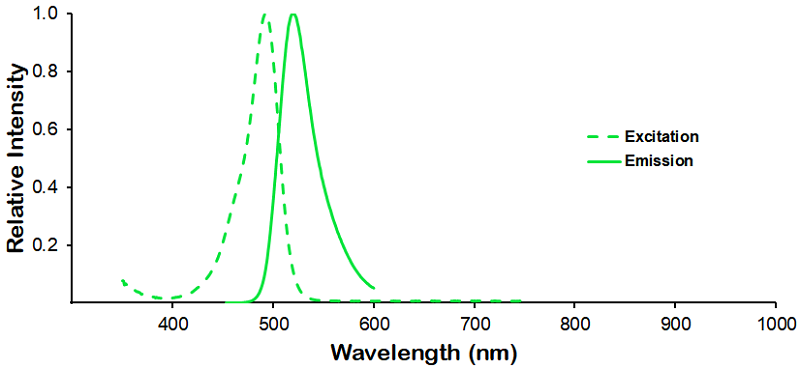
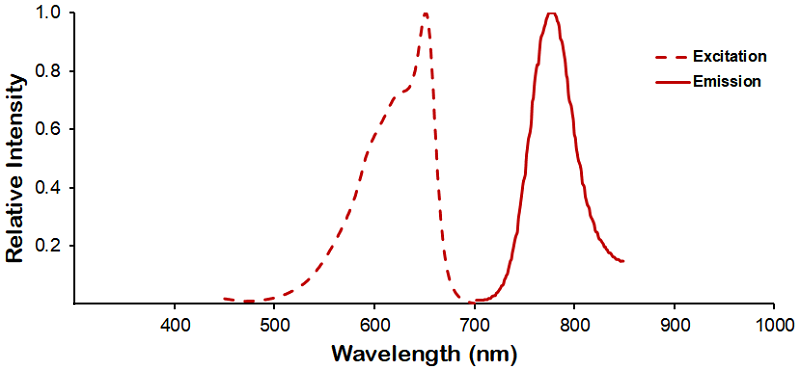
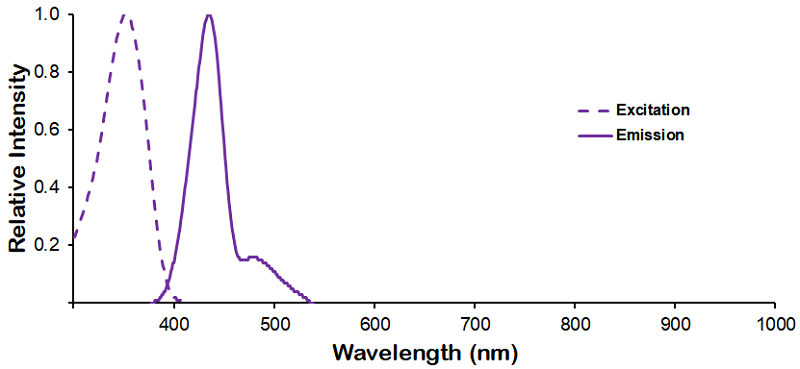
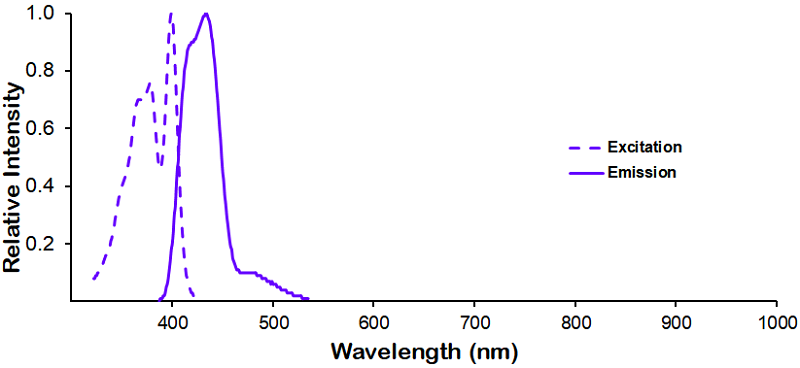
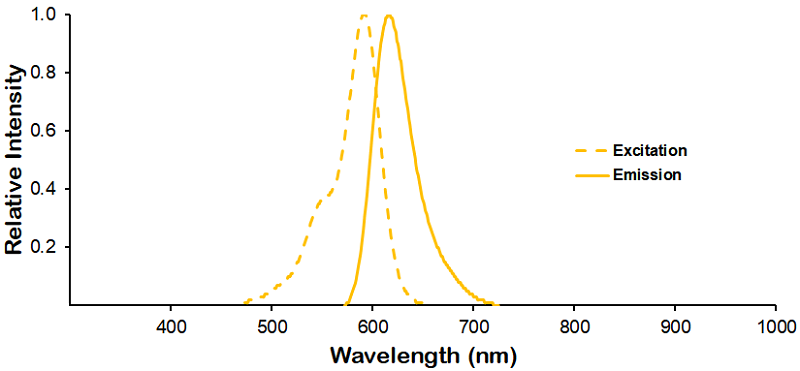

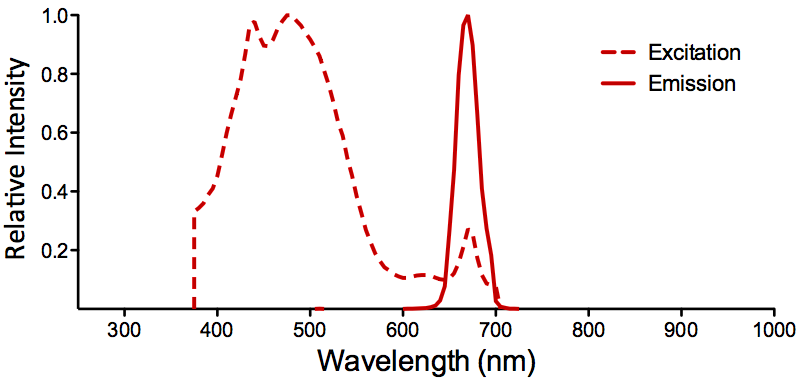
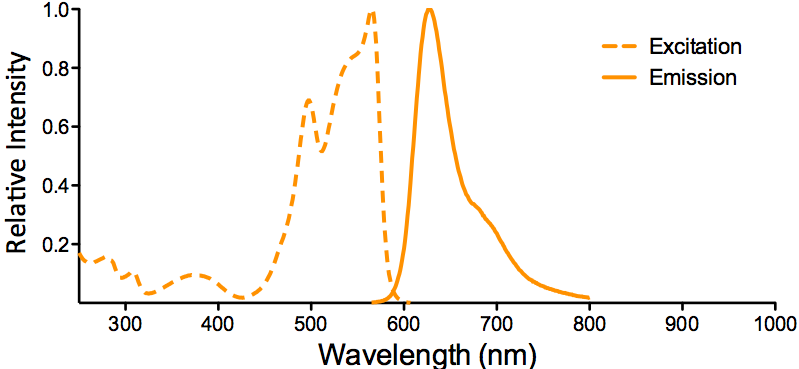
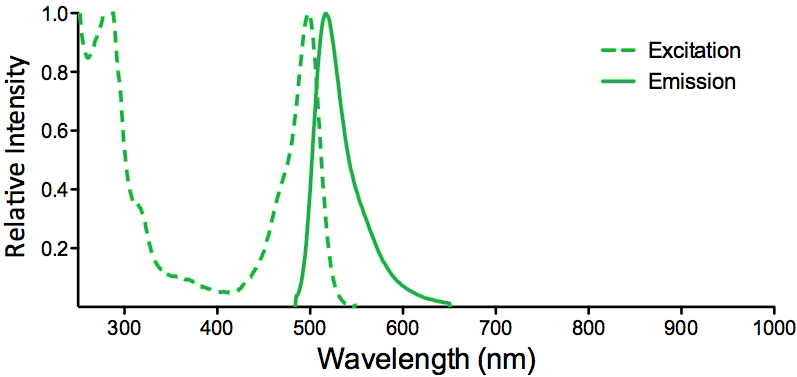
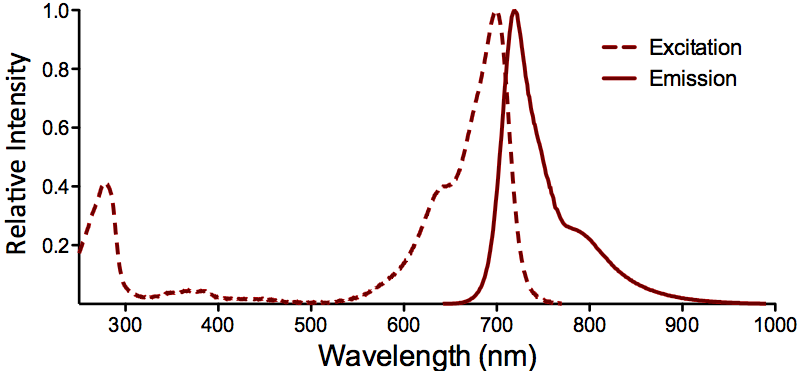
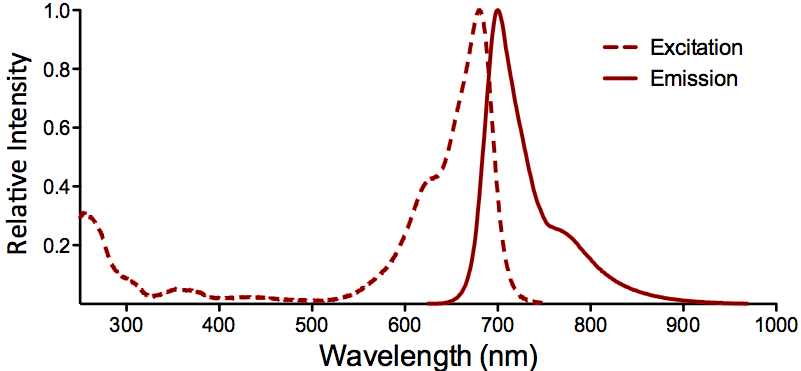

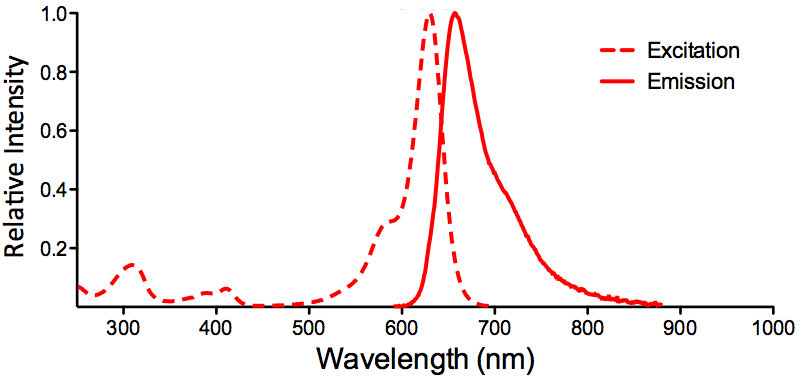
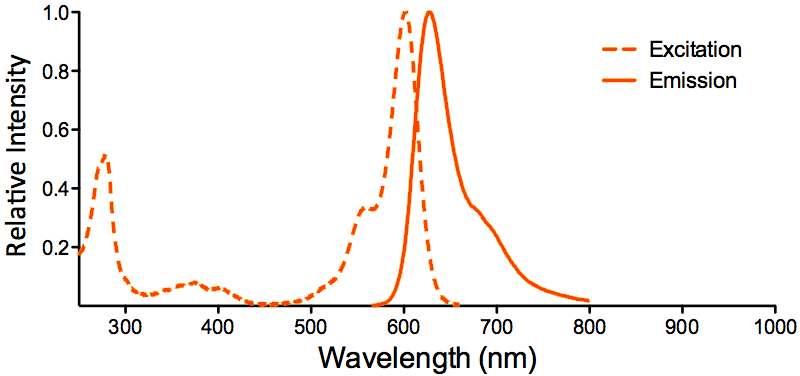

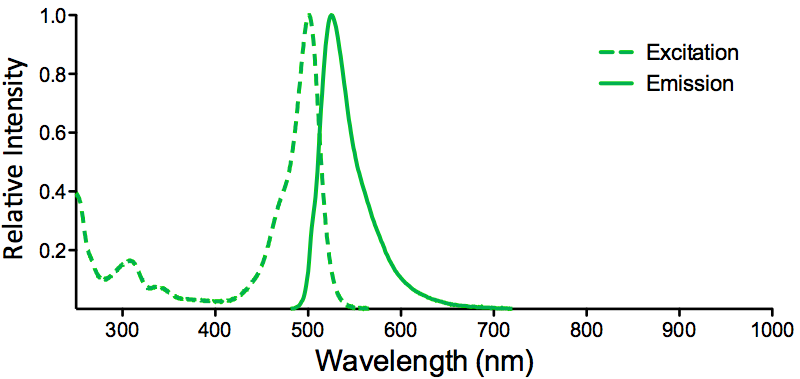
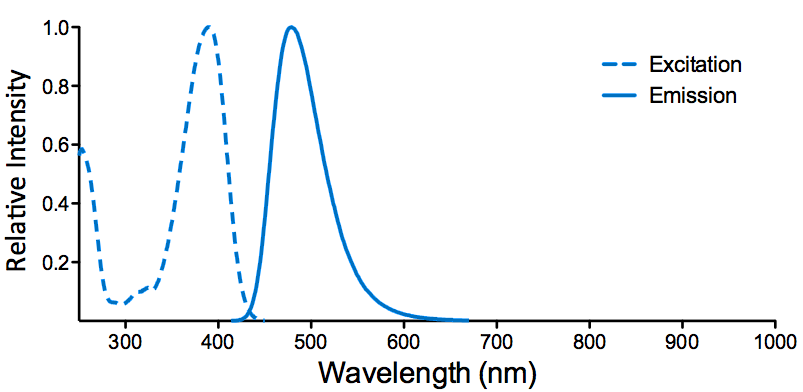
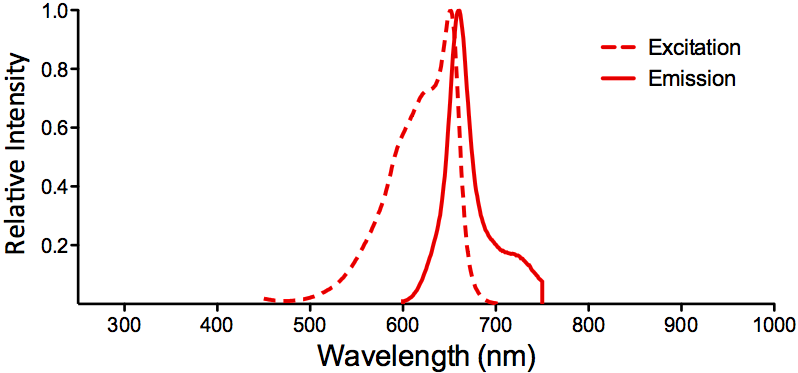
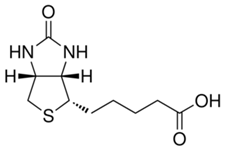
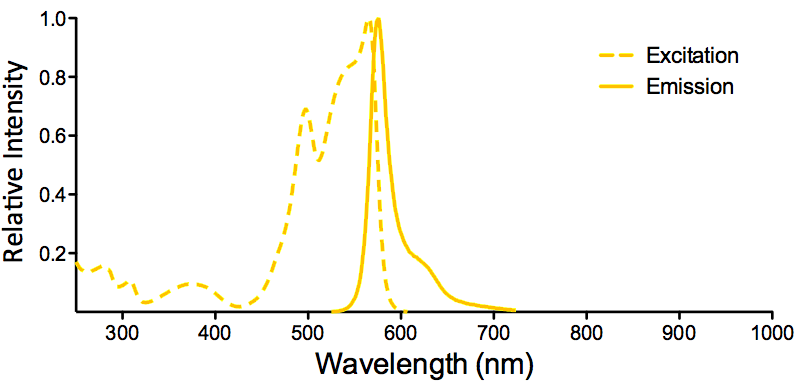
Reviews
There are no reviews yet.